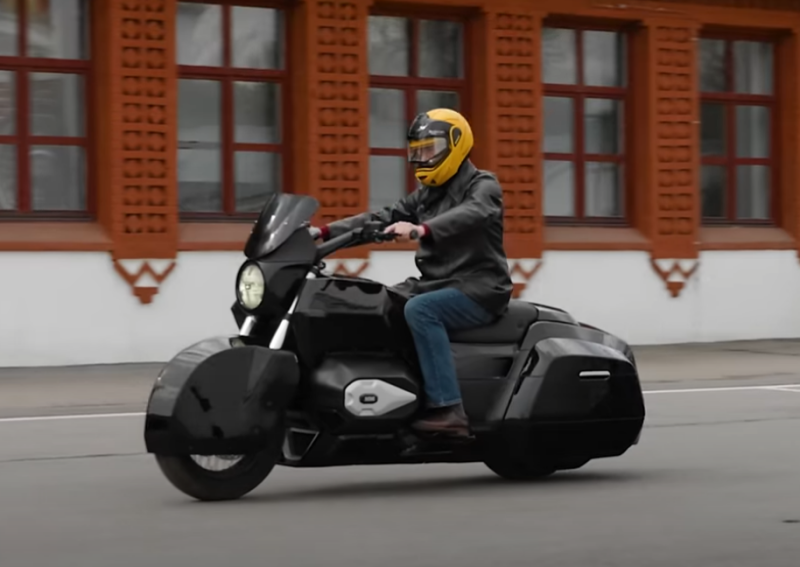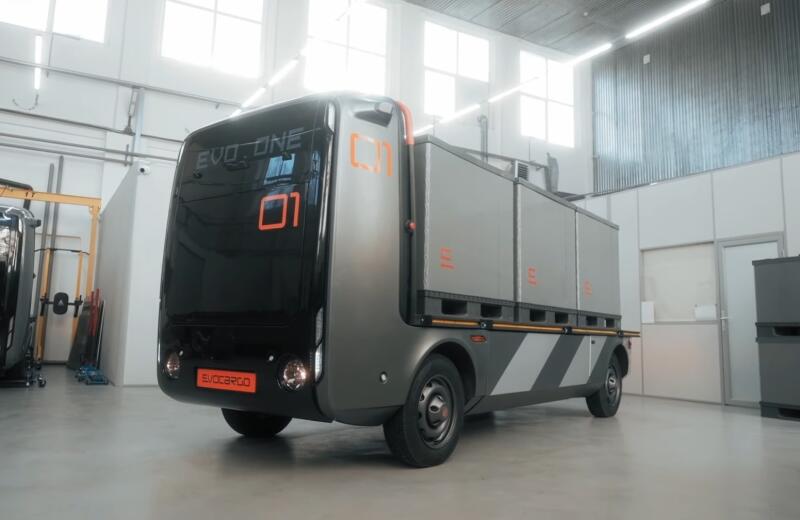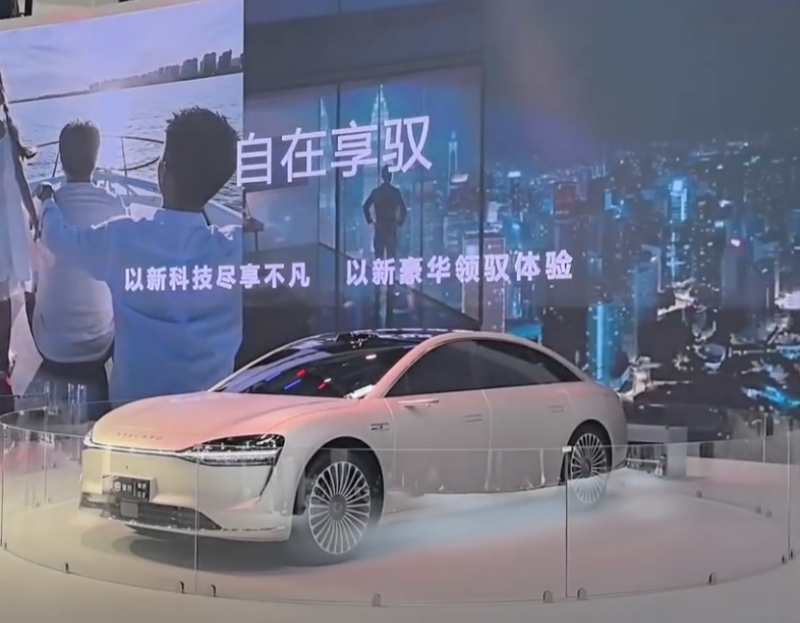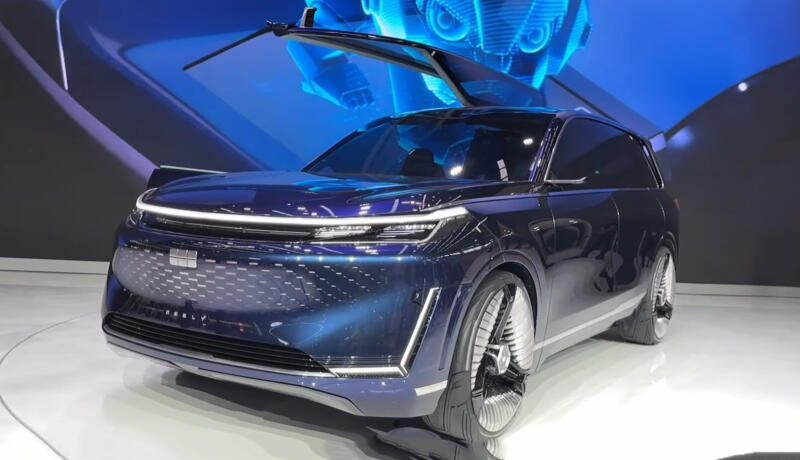An everyday example: a passenger car equipped with an 80-horsepower diesel engine, when starting from a standstill, easily overtakes some crossover equipped with a gasoline engine producing 110 “horses.” Why is this happening? First you need to understand what CM is.
Torque in simple words
This parameter is measured in N*m. Imagine: you need to unscrew a nut, for example, on a wheel in order to remove it. If a force of 1 Newton is applied to a key one meter long, we obtain a torque of 1 N*m. Even simpler: hang a 10 kg weight on the end of the tool. As a result, we get a CM of 10 kg*m. We all use the SI metric system. Therefore, to arrive at the usual notation, we multiply by g - the acceleration of free fall, equal to 9,806 m/s2. As a result, we get 98,06 N*m.
 The longer the key arm, the easier it is to unscrew the bolt. Photo: YouTube.com
The longer the key arm, the easier it is to unscrew the bolt. Photo: YouTube.comWhat if the effort is not enough? Then most car enthusiasts lengthen the “arm”, or more precisely, the lever: they put a piece of pipe on the key. But there is a second option: press the key harder. Either way, the nut or bolt will come loose. The conclusion is simple: if you win in strength, you lose in distance (because you use an extension cord). And vice versa.
Engine torque
About the same thing happens in the engine. Only there are no levers in it - their role is played by the crank mechanism. Combustion occurs during fuel combustion: the mixture, ignited, pushes the piston down, which acts on the crankshaft journal. The latter ultimately turns the wheels through the transmission. If the piston creates a force of 200 kg and moves the connecting rod a distance of 5 cm, the result is a KM of 10 kg*s, equal to (multiply by 9,81) 98,1 N*m.
How to increase torque
The first option is to increase the “shoulder”, i.e. the radius of the crank. In this case, you will have to change the dimensions of the cylinder block upward, which is impossible to do indefinitely. In addition, due to increasing inertial forces, the engine mounts will have to be made stronger. All this is somehow “uninteresting”. Then there is a second option - increasing the pressure on the piston. And how to do it? It is necessary to burn more fuel in the combustion chamber, and with high efficiency.
 To reach a speed of 200 km/h, a power of 150 hp is required. With. Photo: YouTube.com
To reach a speed of 200 km/h, a power of 150 hp is required. With. Photo: YouTube.comTo achieve this, they change the shape of the combustion chamber and increase the compression ratio. Or they use turbocharging, put 4 valves per cylinder instead of two, and make the valve timing controlled. The point of all operations is to ensure that immediately after pressing the gas pedal the engine reaches its maximum speed. This kind of engine is popularly called “reactive.” For gasoline units installed in passenger cars, the CM ranges from 130 to 300 N*m, for diesel engines – 350-400 N*m.
When is maximum torque achieved? The parameter will differ for different engines. Some units reach the “top” in the range of 1800-300 rpm, others later - at 3000-4000 thousand rpm. A diesel engine, for example, produces its maximum almost at idle, at 800-1000 rpm.
Conclusions
Torque shows the force of the engine and is expressed in “newton meters” (N*m). The greatest value of this parameter in diesel engines or turbocharged gasoline engines is achieved at low speeds. The more KM, the faster the car will take off from a standstill and the more confidently it will get out of the mud.
 At revolutions of more than 4 thousand per minute, the speed increases and the engine wears out faster. Photo: YouTube.com
At revolutions of more than 4 thousand per minute, the speed increases and the engine wears out faster. Photo: YouTube.comBut do not forget: high torque and frequent use of its maximum value leads to rapid engine wear. The more often and sharper you press on the gas, the faster you will need capital.










